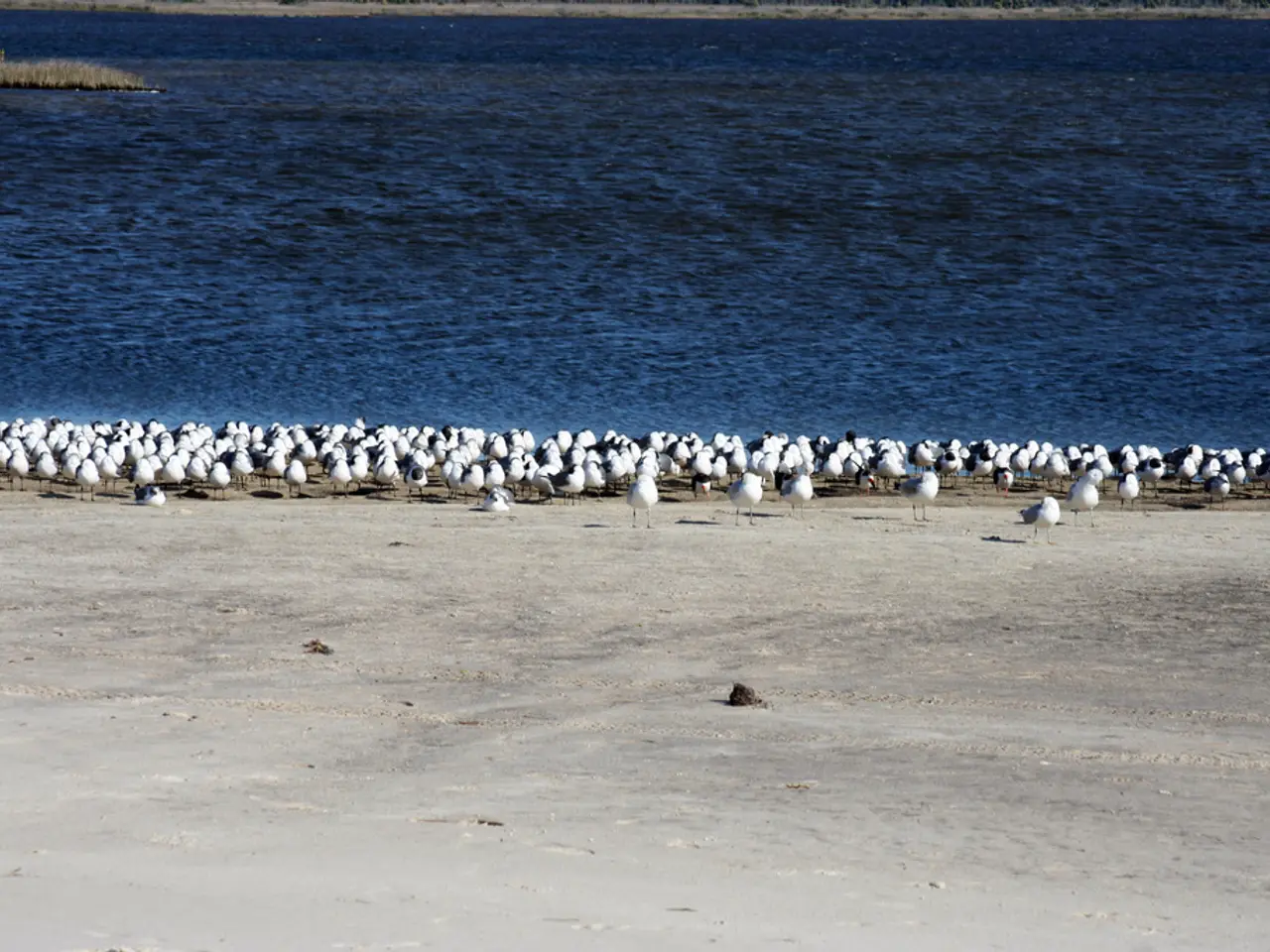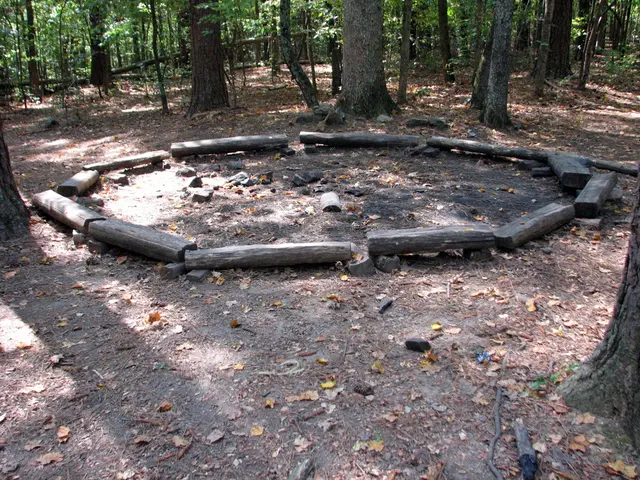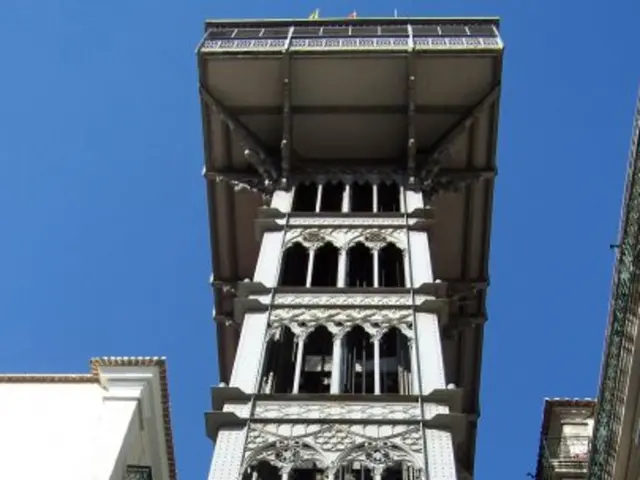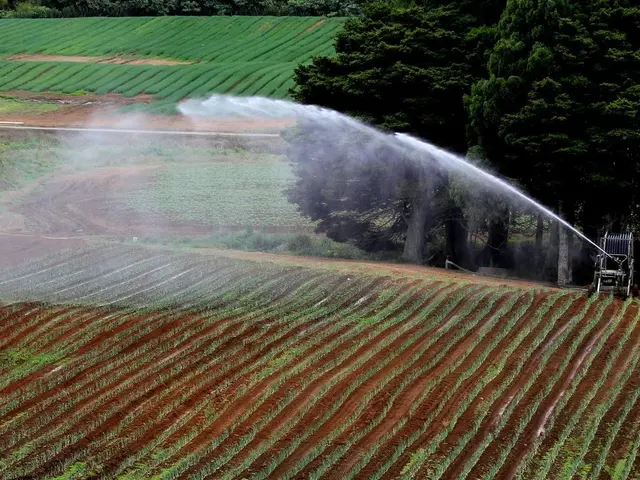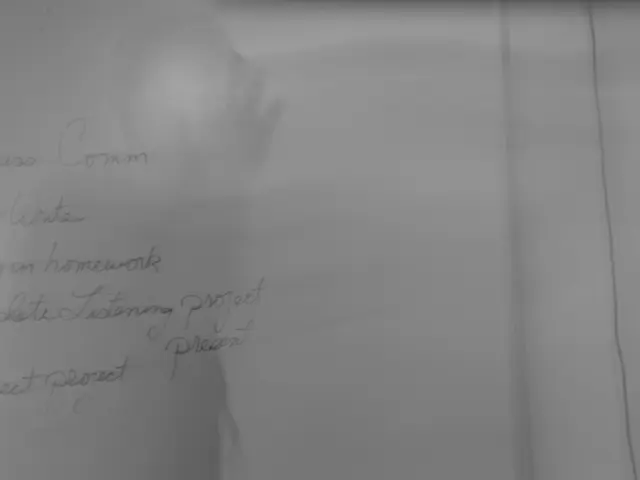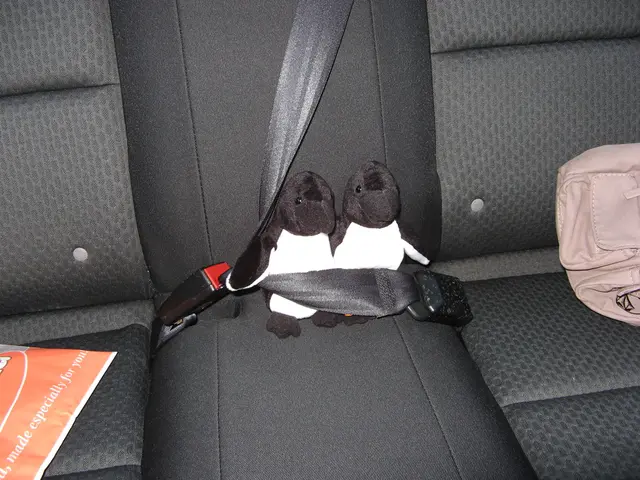Gulf of San Matías Facing Oil Spill Threat as Vaca Muerta Project Looms
The Gulf of San Matías, a vital habitat for diverse marine life including Magellanic penguins, southern elephant seals, and orcas, faces a potential environmental crisis. GNOME modeling tools predict that oil spills in the gulf could reach coastal areas within 6 to 8 days, raising alarm bells among environmentalists. The Patagonian Sea Forum has sounded the alert over the oil spill threat in the Gulf of San Matías waters.
The concern is amplified by the proposed Vaca Muerta Oil Sur-Projekt, a large-scale oil pipeline and terminal project aimed at efficiently exporting the vast oil and gas reserves of the Vaca-Muerta formation in Argentina. The project, led by VINCA S.A., a joint venture of national and international companies including Tecpetrol, Pampa Energía, and Meros, involves constructing a pipeline connecting the Vaca Muerta basin to a new deep-sea port at Monte León or Puerto Almanza, where a new oil export terminal will be built.
However, an environmental impact study had warned about the oil spill risks associated with the VMOS project, but its findings were overlooked. Containment and mitigation measures may not be sufficient to prevent a socio-ecological disaster in the region. Oil spills could devastate the local ecosystem, impacting protected areas such as the National Park 'Islote Lobos' and 'Caleta de los Loros' Reserve, and threatening the important Magellanic penguin colony. The environmental consequences could also extend to tourism and the food chain.
As the Vaca Muerta Oil Sur-Projekt progresses, it is crucial for all parties involved to prioritize environmental safety measures to mitigate the risk of oil spills in the Gulf of San Matías. The potential environmental impact on the diverse marine life and protected areas in the region is significant, and prompt action is needed to ensure the long-term sustainability of the ecosystem.
